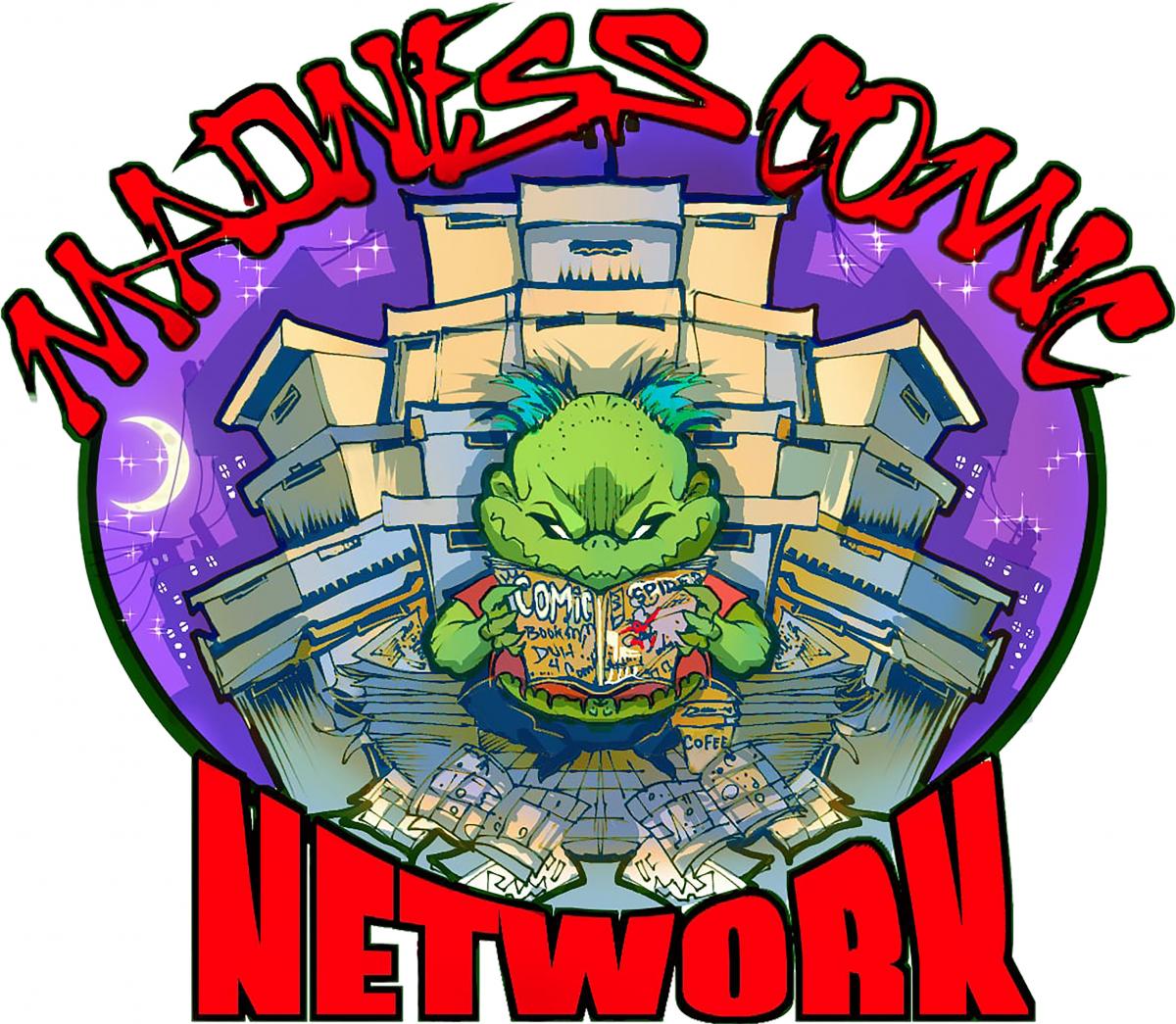You are here
Home › Live Entertainment › The Million Dollar Quartet Returns To Rock The Fox Theatre ›The Million Dollar Quartet Returns To Rock The Fox Theatre
FTC Statement: Reviewers are frequently provided by the publisher/production company with a copy of the material being reviewed.The opinions published are solely those of the respective reviewers and may not reflect the opinions of CriticalBlast.com or its management.
As an Amazon Associate, we earn from qualifying purchases. (This is a legal requirement, as apparently some sites advertise for Amazon for free. Yes, that's sarcasm.)

Some critics will scoff at The Million Dollar Quartet for its thin plot and light conflicts. If you see a review of this show somewhere that does exactly that, you should quit reading those critics because clearly they didn’t get it. This is a show based on actual events in which there wasn’t any real conflict. In fact, what conflict there is in this show is probably somewhat inflated if not outright fabricated. Every musical need not be as densely plotted as Rent or as elaborately staged as Warhorse. Sometimes a simple brick backdrop and four talented actors and musicians recreating a magical alignment of budding stars is all you need to keep the audience’s toes a-tappin’ until they raise the roof during the grand finale.
The Million Dollar Quartet was the term used by a newspaper man who just happened to be at rock & roll pioneer Sam Phillips’ Sun Records in Memphis on a cold night in December 1956, That was when Carl Perkins, Jerry Lee Lewis, Johnny Cash and Elvis Presley were present for a jam session the likes of which may possibly never be matched (although the jam session which became The Traveling Wilburys certainly comes pretty close). The newshound reported “The quartet could sell a million.” Thus the “Million Dollar Quartet” was born.
On this tour of the 2010 Tony-nominated show the original Fab Four are played by Gabe Bowling (Perkins), Scott Moreau (Cash), Colte Julian (Lewis) and Jacob Rowley (Elvis). The rhythm section is comprised of Carl’s brother Jay (Chuck Zayas) on bass and W. S. “Fluke” Holland (Patrick Morrow) on drums. Rounding out the cast is Bryan Langlitz as Sun Records honcho Sam Phillips and Laura Obenauf as “Dyanne,” a character which had for a time become something of a myth in her own right. For many yers, nobody was quite sure which of young Elvis’ many girlfriends had accompanied him to the studio that night. The original recordings include at least a couple female voices, one of which was likely Phillips’ secretary, and the other turned out to be Marilyn Evans, Presley’s then girlfriend who, in her own words, was more of a classic music fan than a country/rock fan, so the Dyanne character is something of a contrivance.
The plot is admittedly thin, but rather than gripe about it, I’ll just tell you that tension is created around Sam Phillip’s attempt to extend Johnny Cash’s contract that night and Carl Perkins and Jerry Lee Lewis sniped at each other like junior high kids at the bus stop. I tend to doubt that either were much of on an issue in reality—Phillips was visionary enough to just stay in the studio and record the whole scene as it played out. Perkins had been in an accident and while he was convalescing Elvis hit the charts big with “Blue Suede Shoes,” Perkins’ biggest hit to date. He was at the studio to try to make another hit record. The other fellows had their own reasons for being there, but talent recognizes talent. Soon the four were ripping through off the cuff arrangements of old gospel hymns and some of their own projects. In the show, many of the numbers are “freeze” part way through while Mr. Phillips explained the back story of how each of them came to be Sun Studio musicians.
The Quartet themselves are very good musicians, and while their visual similarities varied from man to man their musical styles and body language were spot on. Gabe Bowling plays a mean guitar and nails the chords with Perkins’ signature style. Scott Moreau looks completely natural with the way the Man in Black would handle his guitar, strumming up and down the neck rather than just over the pickups, looking down the edge of the guitar as if it was a deer hunter’s rifle. His deep bass voice rang deep and clear. Jacob Rowley’s pompadour was epic, and his trademarks hip gyrations and exaggerated tenor tremor made his character instantly recognizable. Colte Julian’s Jerry Lee Lewis may have had a slightly over-the-top gift for gab, but he also had the actual Jerry’s gift for showmanship and he tickled the ivories.
That’s the real reason people come to see The Million Dollar Quartet—to be taken back to December 1956 and to be the proverbial fly on the wall at this great gathering of musical talent. Consider the back story and minor dramatic attention as a bonus rather than a weakness. If you’ve never seen The Million Dollar Quartet before, do not grab your coat and start heading to the exit when the troupe starts to take their bows. Just because the theatrical part of the show is over doesn’t mean the music is finished too. There’s a four song mini concert at the end where the boys really cut loose, complete with sequined stage jackets, strobe lights and electrifying rock & roll. Do yourself a favor and wait for this joyful trip to the past to come to a complete stop before trying to dash off to your own ride. If you don’t have tickets already you may be out of luck—The Million Dollar Quartet is only in town for this weekend, playing February 27 – March 1 at the Fabulous Fox Theatre in St. Louis. To find out more about available tickets or other upcoming shows, visit www.fabulousfox.com .


